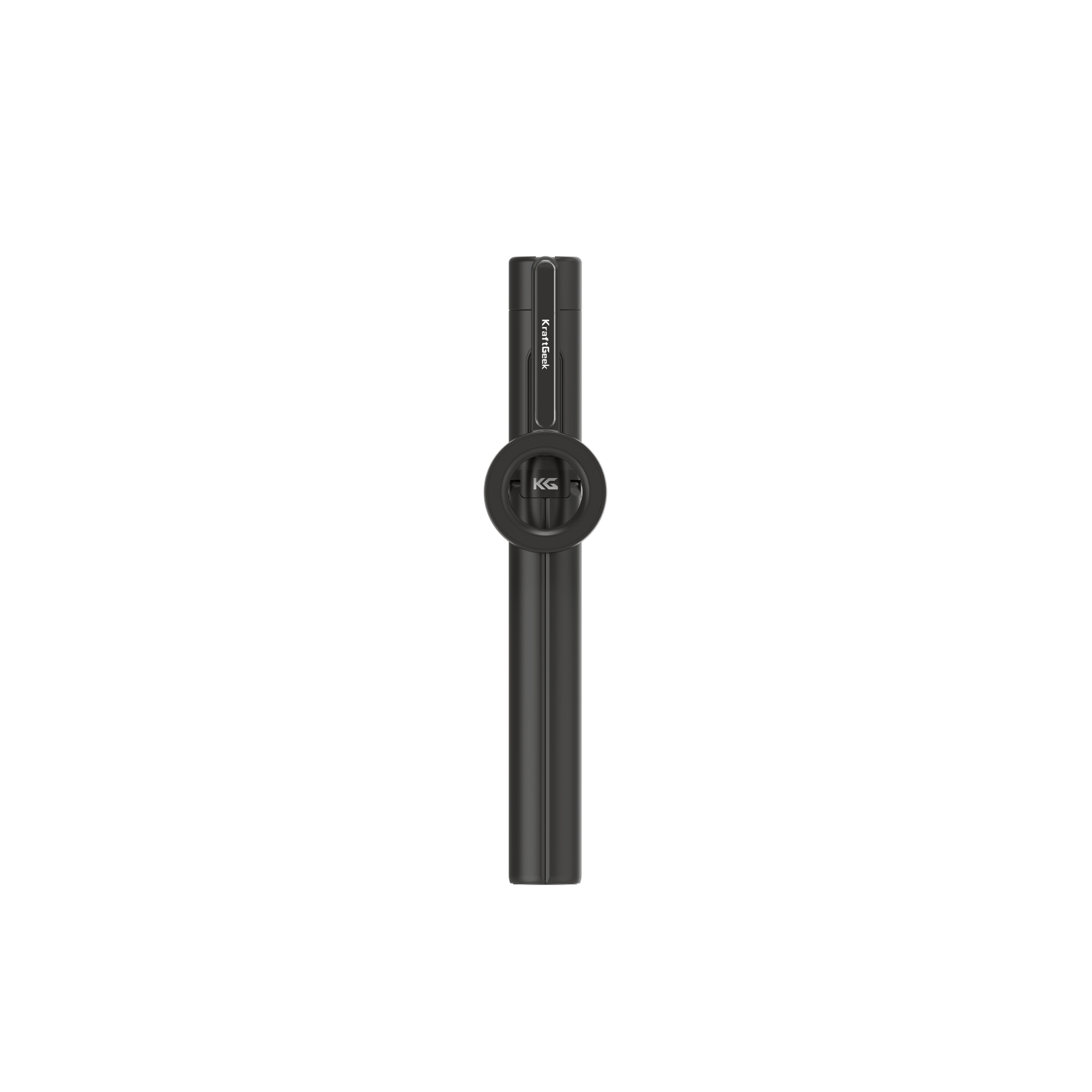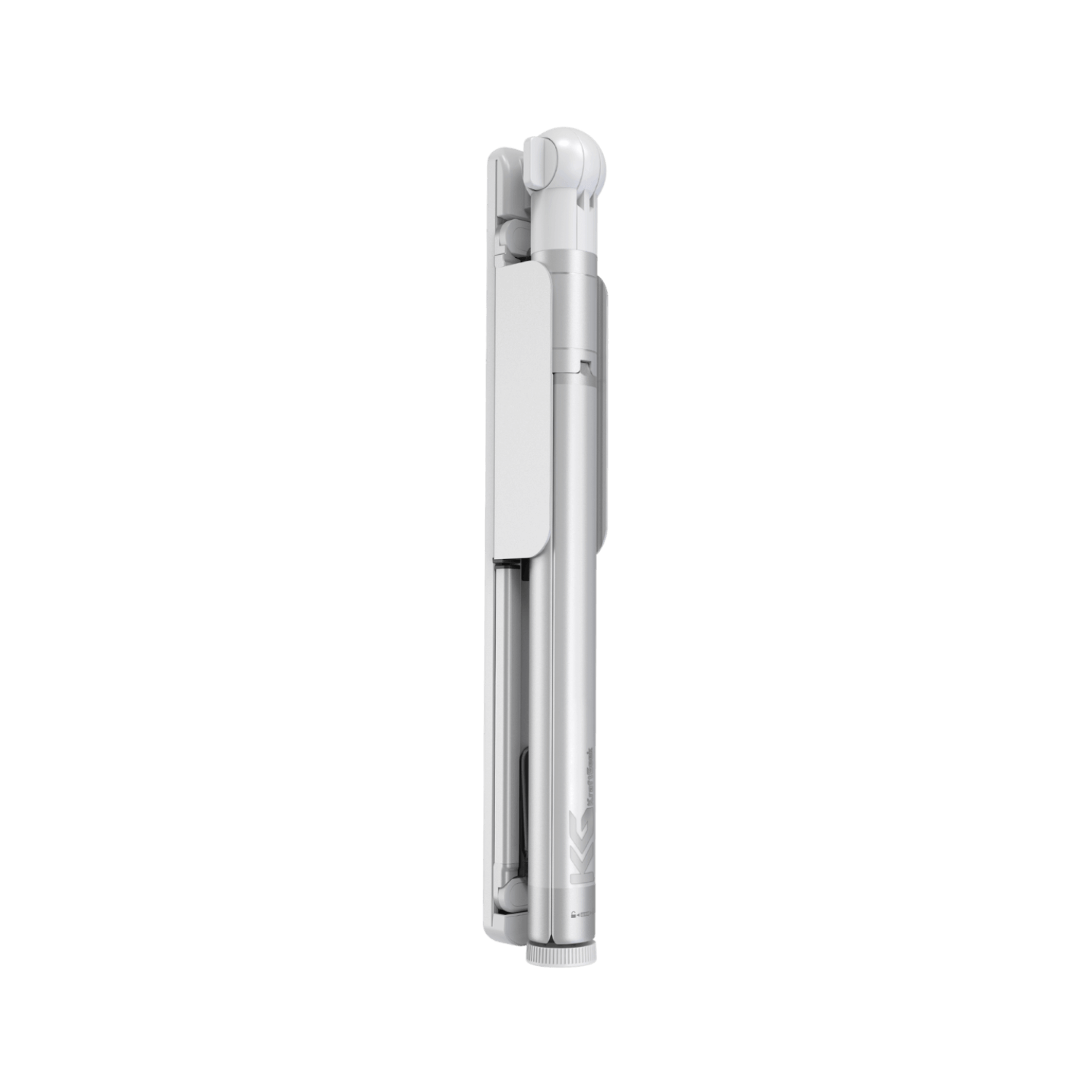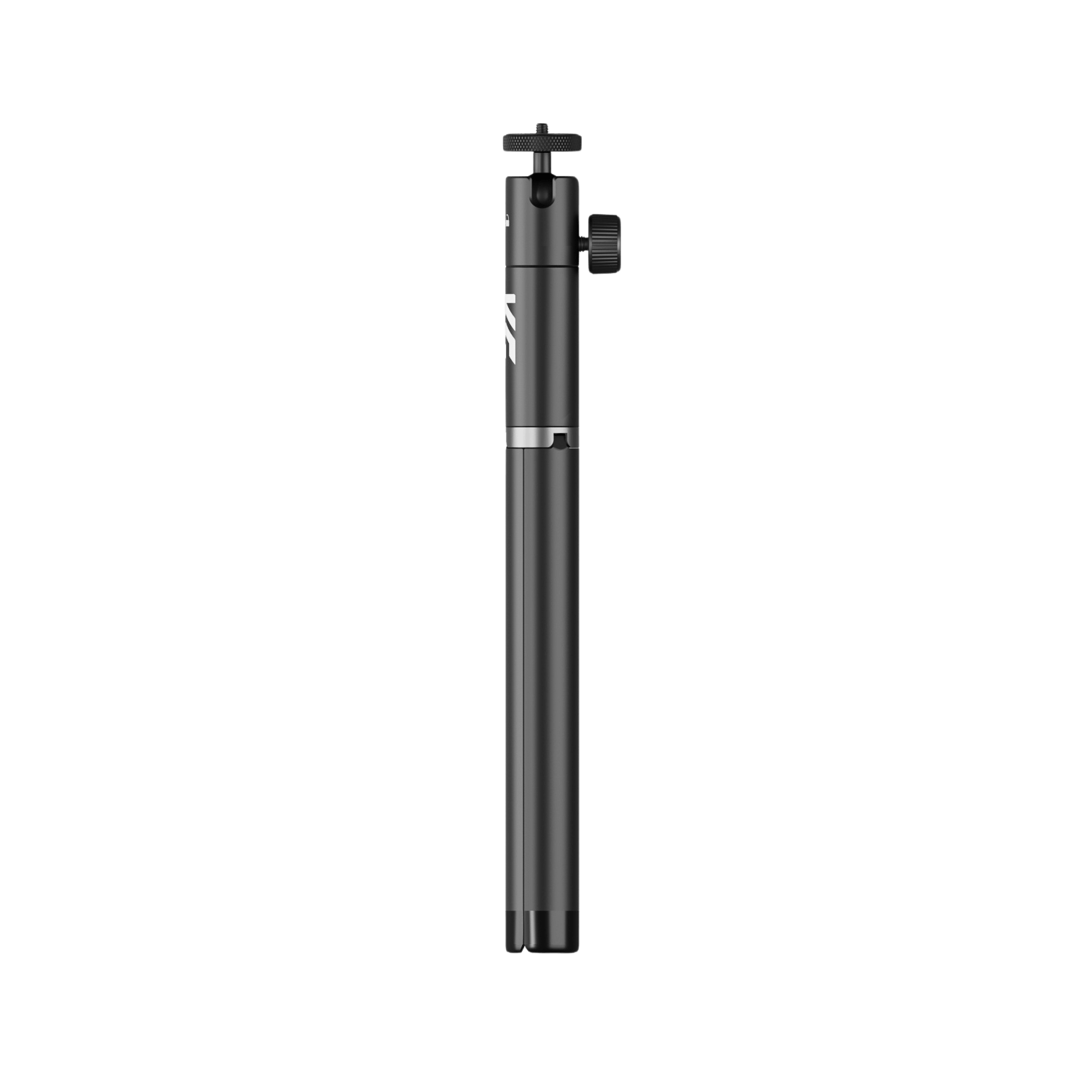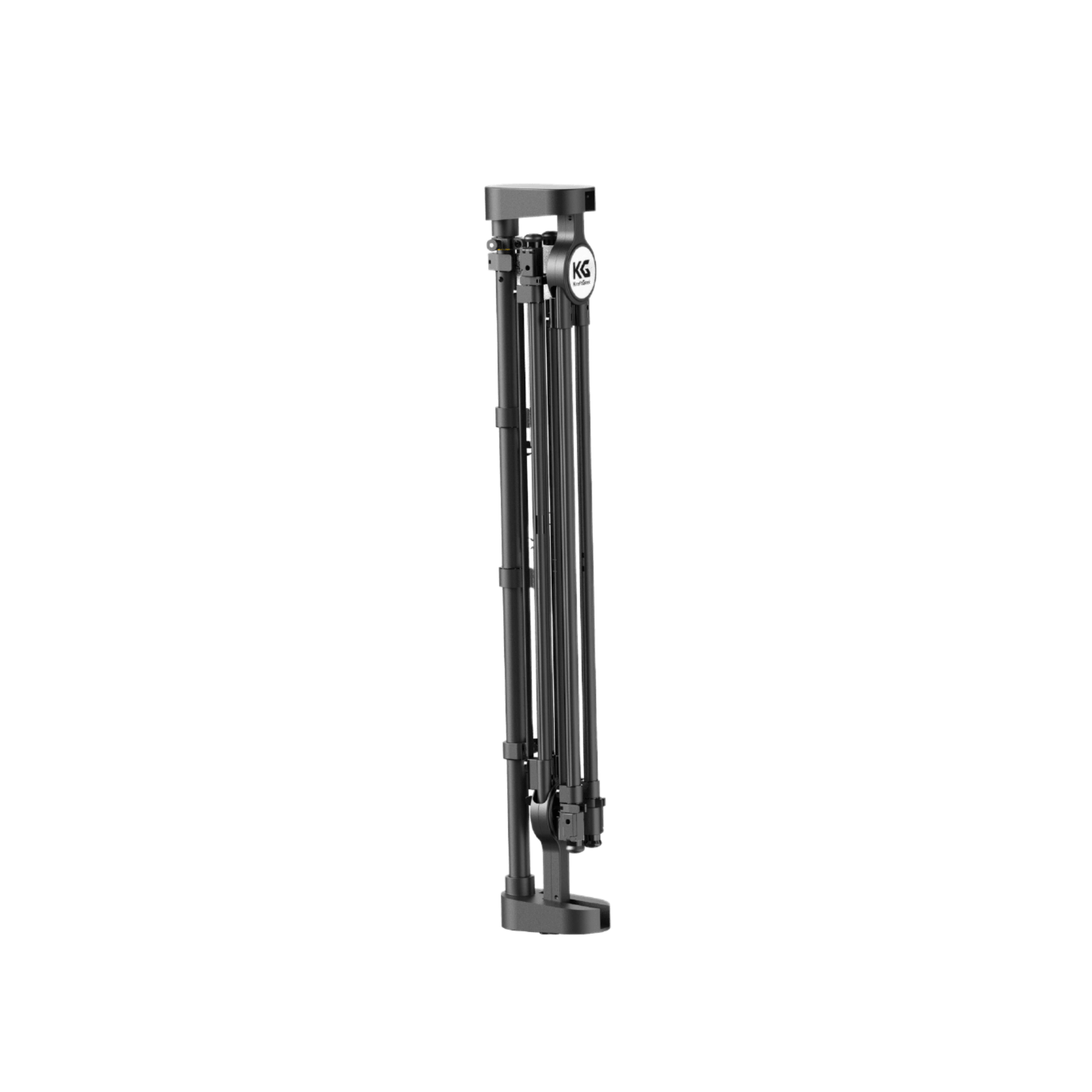Strings are the first criteria that further affect guitar tone, touch, and playability. Understanding the different types, strings, materials, and construction techniques is essential for choosing the string that matches your playing style and preferences.
Types of Guitar Strings
1. Roundwound Strings
Roundwound strings are the most popular type of strings found on guitars. Their design comes with a rounded wire that is wrapped around the core of the string; this is responsible for the bright and vigorous sound.
These strings will be highly preferred for their versatility as they can support music in the genres of rock, pop, blues, and country. The smoothness of roundwound strings on the other hand enables lead guitarists to easily bend and articulate, which accounts for their popularity.
2. Flatwound Strings
Unlike roundwound strings that use round wire covered around the core, flatwound strings are wound with flat wire around the core creating a smooth surface and mellower tone. This is the kind of string that is most preferred in music types like jazz and blues, where the desired sound is warm and rich.
Flatwound strings are less noisy than roundwound strings and they produce fewer string squeaks, these strings suit those who are looking for a cleaner and more professional sound. Even though they cannot offer as much brightness as roundwounds do, flatwounds are appreciated for their uniqueness and subtle tone.
3. Nylon Strings
Nylon is the standard string for a classical guitar, which produces a warm and soft tone. In contrast to the rough texture of the steel strings that can be painful to the fingers, the nylon strings have a softer feel suitable for newbies and those having sensitive tips.
Such a tuning fits very well with classical, flamenco, and fingerstyle guitar techniques, where articulation and the dynamic range are of highest importance. Nylon strings are also tension-producing on the guitar's neck, which means a more convenient playing experience, especially, for players who are moving from a steel string guitar.
4. Coated Strings
The coated strings include a thin layer of polymer coating on their top giving them the ability to resist dirt, sweat, and oil. As a result, strings covered with this coating tend to last a lot longer, keeping their tone and string playability consistent. Coating strings is what a large number of players who play often or live in humid environments are fond of since they tend to last more and are less likely to corrode.
Though coated strings do have a somewhat different touch than uncoated ones, they offer an assurance that does not allow the tone to waver or the quality of the performance to diminish due to difficult conditions.
Importance Of String Gauges

Playability
The size of the strings determines how they feel when you touch your fingers and how hard you will have to work to get them to play in tune. Such types of strings with a lighter gauge (and thinner diameters) need less pressure to fret and bend, and therefore they are perfect for those who like scripting styles involving melody and speed.
But on the other side, there is more resistance with strings having a heavier gauge which will give you more sustain and volume but then you won't be able to play effectively without applying heavier finger pressure. It all stems from the string thickness you decide to use, which in turn depends on how you play, how strong your fingers are, and eventually your personal taste.
Tone
The string gauge is another huge factor that exactly decides how your guitar will sound. A lighter gauge would provide a brighter and more stylized sound, having greater bass and treble frequencies that will make genres like pop, rock, and blues sound better. Consequently, the guitar's body can vibrate more freely and this freedom allows a more energetic and lively melody.
However, heavy gauge strings create a different tone. It's usually fuller and warmer. It has strong bass frequencies, and a long sustain, and is a hit in jazz, folk, and metal.
String Tension
The string gauge affects the guitar a lot as light gauge strings don't put much stress on the guitar so they feel softer and more flexible. Such strings are good for those who like a gentle touch and want to avoid tiring their hands during long music sessions.
Conversely, heavier gauge strings exert more tension on the neck and body, providing greater stability and sustain but requiring more effort to play. It's essential to choose a string gauge that balances tension with playability, ensuring optimal comfort and control over your instrument.
String Bending and Vibrato
String gauge significantly impacts your ability to execute techniques like string bending and vibrato. Lighter gauge strings are easier to bend, allowing for smooth and expressive pitch variations. They require less effort to bend to higher pitches, making it easier to execute intricate bends and vibrato embellishments.
Heavier gauge strings, while offering greater resistance to bending, provide more control and sustain, allowing for bold and expressive playing techniques. The choice of string gauge should consider your playing style and the techniques you frequently use to ensure effortless execution and musical expression.
Choosing The Right Strings For Your Guitar
1. Guitar Type and Style
The type of guitar that you play as well as the style of music that you perform will determine the choice of strings that are the best for your instrument. The acoustic guitars generally use steel strings, coated in various types and gauges to create different playing styles and tonalities.
In contrast, the flamenco and old guitars work with nylon strings that produce a soft and smooth warmth ideal for classical compositions and fingerstyle. Electric guitars, in addition to the widest choice of string options, such as nickel-wound, stainless steel, and coated strings, each with distinctive traits that are best for a concrete genre of music, from blues to rock via jazz to metal.
2. Playing Style and Technique
Your style and technique of playing as well as the type of string that you use demonstrate your musicality. If you're a beginner, or if you tend to play by strumming or picking gently, then lighter string gauge may be more comfortable, and easier to play than heavier ones. Heavy steel strings that are rigid and stable are for energetic strumming so the intensive strumming that can cause both breakage and instability in tuning is removed.
Furthermore, if you apply techniques like string bending, vibrato, or tapping to your playing frequently, a lighter gauge string and a silkier texture will allow you to execute these techniques with a high level of accuracy and comfort.
3. Tone and Sound Preferences
Consider the tone and sound characteristics you desire from your guitar when selecting strings. Materials, like brass, phosphor bronze, nickel, and stainless steel, create different tone colors that are either bright and articulate or warm and mellow.
Coated strings provide protection to extend longevity and offer a mixture of brightness with warmth making them appropriate for players who want long-lasting performance without compromising tone.
4. Budget and Longevity
Even though premium strings make for better intonation and sound quality, they typically are on the high end of the price scale. Be aware of your budget and the frequency with which you will be replacing the strings while purchasing guitar strings.
Strings with coating are generally more costly, however, they last longer and require fewer tune-ups and, therefore, are worth the investment for players who use their guitars frequently or like to keep maintenance to a minimum. However, if you're on a tight budget or prefer the feel of fresh strings, non-coated options may be more suitable, allowing you to replace them more frequently without breaking the bank.
5. Experimentation and Personal Preference
The only way to determine the correct strings for your guitar is through trial and error, involving personal tastes and preferences. Do not hesitate to try other brands, materials, and gauges as this is the way of discovering what works best for your style of music and playing technique.
Guitar Strings Maintenance and Care Tips
Here are some essential maintenance and care tips to keep your guitar strings in top condition:
- It is very important to clean the strings using a soft, lint-free cloth regularly to ensure that no build-up is present and that the string sound is maintained as fresh as possible after each playing session.
- For a longer life of your guitar strings apply a little bit of string conditioner or lubricant, to minimize sliding friction on the strings.
- Wherever possible, put your guitar in a case or guitar stand in between sessions so it can avoid dust, humidity, and temperature fluctuations.
- Think about purchasing a guitar string holder; with it, the string-changing process will be rendered faster and more convenient.
- Maintaining the right relative humidity range is crucial. In this regard, the best place for your guitar to be is a room with a stable climate under control. The optimal humidity level is 45% to 55%.
- To achieve the best performances a guitarist needs to change strings as soon as it would be needed, in order that they don't break or become very hard to play.
- Use a music stand or sheet holder for your music sheets or tablature that will help satisfy the high demands of quick transition.
Product Recommendations
Conclusion
The process of finding the right strings for a guitar is a complicated one which includes considering the string type, gauge, material, and maintenance of the strings. Whether you are a fan of nylon strings that warm up quickly, bright steel strings, or the new generation of coated strings, you can pick from a variety of options that will match the needs of all players.









